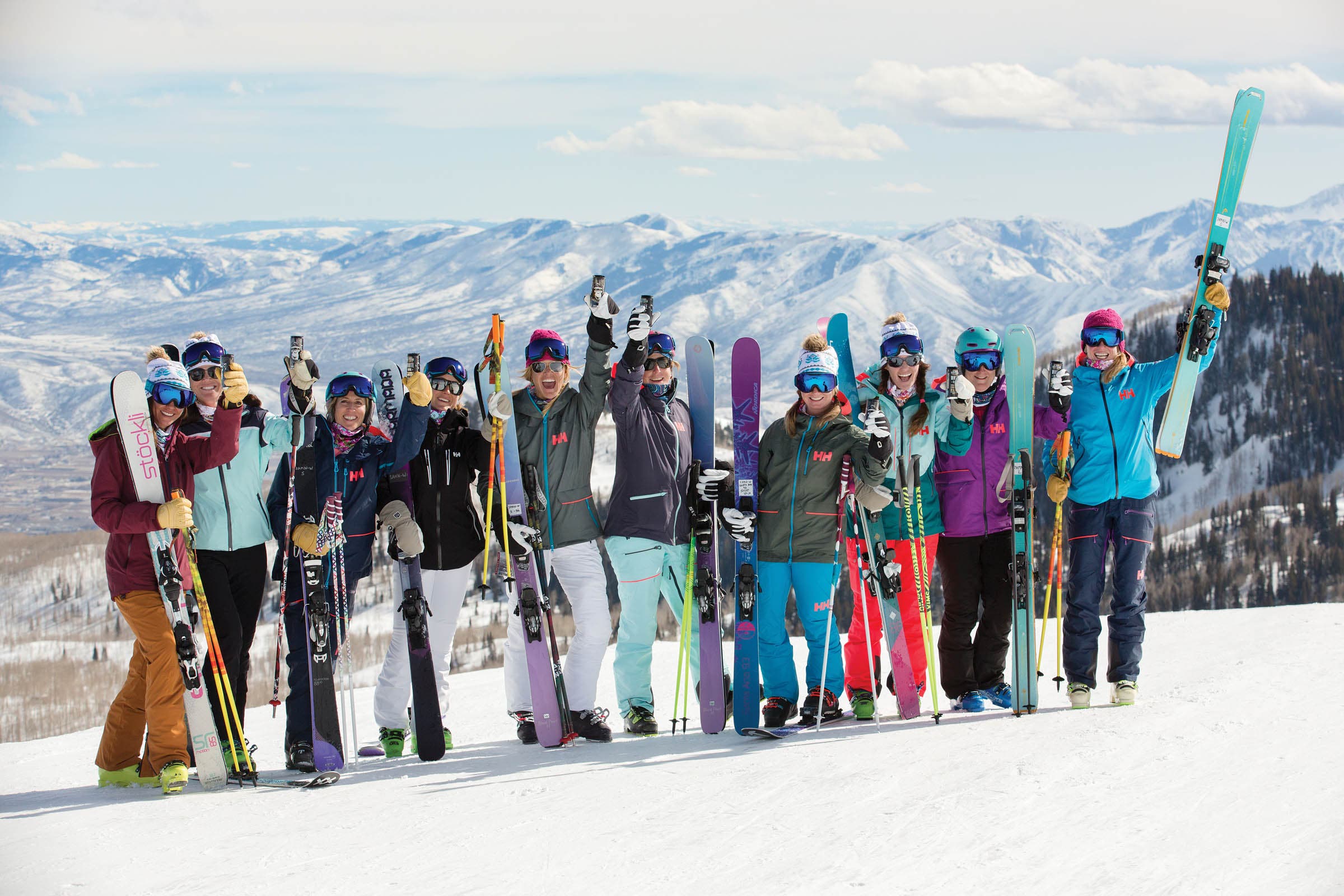The Snowball Effect

Keri Bascetta
In the glorious 1970s, when mustaches were un-ironic and tight pants actually looked good on dudes, the male-dominated ski industry tried to entice more women into the sport by marketing the message that ski slopes were ripe with “eligible bachelors,” says Kelly Davis, director of research for trade group Snowsports Industries America (SIA). While that premise is still undoubtedly true, they did their outreach at PTA meetings and country clubs, the two places least likely to foster single chicks itching to bang boots with a hotdogging hippie in a gondola.

Nowadays, the ski industry is a bit savvier about marketing to the fairer sex, and the participation ratio is 60:40 men to women, a breakdown that has remained static, year after year, in recent history. But what’s interesting is that three out of five of last season’s top-selling skis—across the board—were women’s skis (Davis’s numbers aren’t final, but by her estimates the skis are Blizzard’s Black Pearl 88, Salomon’s QST LUX 92 and QST Myriad 85). “Roughly half the units of the top five skis are women’s,” Davis says. “That’s huge.”
So, if there aren’t more women starting to ski (and indeed total sales of women’s gear still follow the 60:40 rule), why are these women-specific models selling so well? It’s not because they’re as good as the men’s—though they are. “Women talk to other women,” Davis says. They’re much more liable to ask for opinions and consult social media when making a purchase decision, which creates a “snowball effect” around a certain concentration of best-sellers in the women’s market. Meanwhile, Davis says, “men are more likely to pay attention to tech specs, and make the decision on their own,” a phenomenon which comes as no surprise to anyone who’s ever navigated in a car with one (just roll down the damn window and ask).
We’re enter a new age of marketing for women’s gear (and please, God, with it usher in death of the man-bun) that prioritizes social media over traditional advertising. Companies like Blizzard/Tecnica are taking note: Their Women to Women campaign—an impressive initiative to create authentic women’s products—is video-driven, with heartfelt and sometimes funny testimonials from female athletes. Blizzard/Tecnica will also roll out a new Women to Women website this fall, with content designed to help women connect. “Women share experiences,” says Leslie Baker, Blizz/Tec marketing manager. “That connection is what’s going to bring more women into the fold.”
Note: This article was originally published in the 2018 Gear Guide.